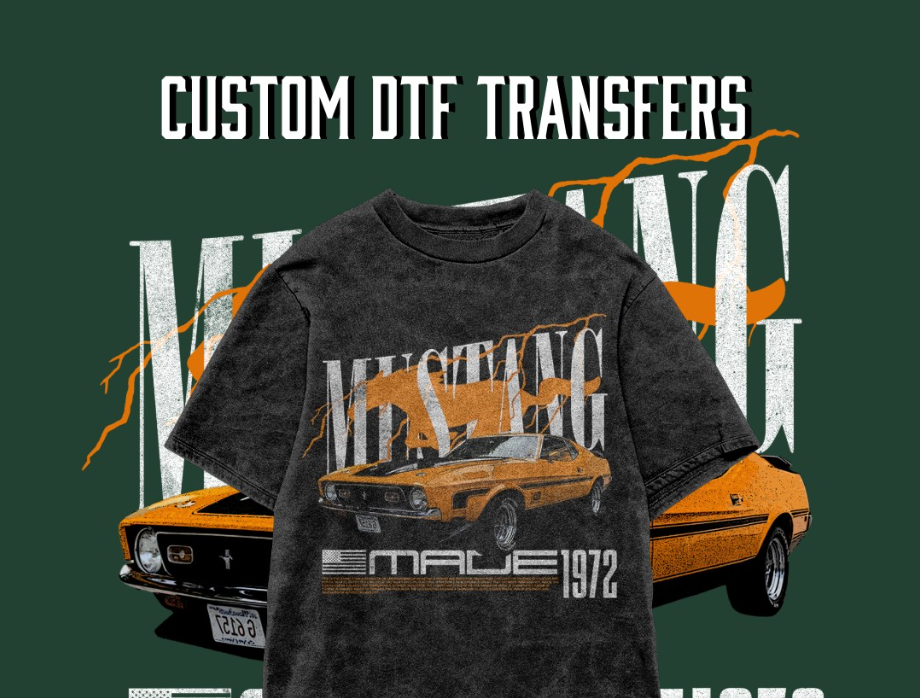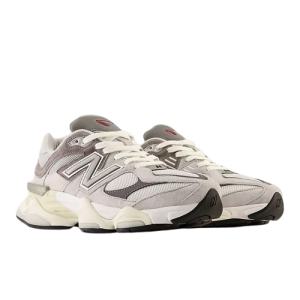Introduction

The fashion industry is constantly evolving, and one of the most exciting advancements in recent years has been the rise of custom Direct-to-Film (DTF) transfers. This innovative printing technology has revolutionized how designs are transferred onto garments, allowing for greater creativity, customization, and efficiency. As we look to the future, the potential of custom DTF transfers in fashion appears boundless. This article explores the current landscape of DTF transfers, their advantages, and how they will shape the future of fashion.
Understanding DTF Transfers
DTF transfers involve printing designs onto a special film that is then transferred onto fabric using heat and pressure. Unlike traditional methods such as screen printing or heat transfer vinyl, DTF allows for high-quality, full-color prints with intricate details and vibrant colors. The process begins with a digital print of the design onto a film coated with a special adhesive powder. Once printed, the design is heated to activate the adhesive and then pressed onto the fabric, resulting in a durable and flexible transfer.
Current Trends in DTF Transfers
1. Customization and Personalization
One of the primary trends driving the popularity of DTF transfers is the demand for customization. Consumers increasingly seek unique, personalized fashion items that reflect their individuality. DTF transfers enable businesses to offer customized designs quickly and affordably, allowing customers to add their names, graphics, or even photographs to garments. This level of personalization fosters a deeper connection between consumers and brands, creating loyal customers.
2. Sustainability
As environmental concerns grow, the fashion industry is under pressure to adopt more sustainable practices. DTF transfers offer several eco-friendly advantages. The process uses water-based inks and generates less waste than traditional printing methods. Additionally, DTF allows for on-demand production, reducing overstock and excess inventory. Brands that prioritize sustainability in their production methods will likely see increased customer loyalty and preference in the future.
3. Fast Fashion Revolution
The fast fashion industry has thrived on speed and efficiency. DTF transfers align perfectly with this model, allowing brands to produce high-quality designs quickly. The ability to create small batches or even single pieces without extensive setup costs makes DTF an attractive option for brands looking to capitalize on current trends and consumer demands. As fashion cycles become faster, DTF transfers will play a critical role in meeting the need for speed and flexibility.
Advantages of DTF Transfers
1. Versatility
DTF transfers are incredibly versatile, allowing for application on a wide range of fabrics, including cotton, polyester, and blends. This adaptability opens up opportunities for various fashion items, from T-shirts and hoodies to bags and accessories. As the demand for diverse product offerings continues to grow, DTF transfers will enable brands to expand their catalogs easily.
2. Quality and Durability
The quality of DTF transfers is exceptional. The prints are vibrant, with sharp details that stand the test of time. Unlike some other methods, DTF transfers are less likely to crack or fade, ensuring that the designs remain intact even after multiple washes. This durability is a significant selling point for both consumers and brands, as it translates to better value for money.
3. Cost-Effectiveness
In an industry often plagued by high production costs, DTF transfers provide a cost-effective solution. The reduced need for screens, plates, or extensive setup means lower initial investment for businesses. Additionally, the ability to create designs on demand minimizes the risk of overproduction, ultimately saving money.
The Role of Tech
nology in Advancing DTF Transfers
As technology continues to advance, so too will the capabilities of DTF transfer printing. Innovations in ink formulations, printing machinery, and software will enhance the overall quality and efficiency of the process. For instance, improvements in ink quality can lead to even more vibrant colors and better durability. Additionally, advancements in printer technology will facilitate faster printing speeds, making it possible to produce larger quantities in less time.
1. Enhanced Customization Options
As consumer preferences evolve, the demand for hyper-personalization will grow. Future DTF transfer technologies may incorporate augmented reality (AR) and virtual reality (VR) elements, allowing customers to visualize their designs on garments before purchasing. This interactive experience can create a more engaging shopping environment, enhancing customer satisfaction.
2. Increased Integration with E-Commerce
The growth of e-commerce has transformed how consumers shop for fashion. DTF transfers will likely play a significant role in online retail, enabling businesses to offer customizable options directly on their websites. Brands can implement user-friendly design tools that allow customers to create their own designs, which can then be printed and shipped on demand.
3. Collaboration and Co-Creation
Collaboration between brands, designers, and consumers will become increasingly common in the fashion industry. DTF transfers can facilitate this co-creation process, allowing customers to contribute their ideas and designs to collections. This participatory approach not only fosters community engagement but also generates unique, crowd-sourced fashion items.
4. Expansion Beyond Apparel
While DTF transfers are currently popular in apparel, their potential extends to other fashion categories, including footwear, accessories, and home textiles. As brands explore new avenues for customization, DTF transfers could become the go-to method for creating personalized items across various product lines.
Challenges and Considerations
Despite the numerous advantages of DTF transfers, there are challenges to address. For instance, the initial investment in quality printing equipment can be significant, particularly for small businesses. Additionally, maintaining consistency in quality across various fabrics may require ongoing training and skill development for staff.
Conclusion
The future of custom DTF transfers in fashion is bright and full of potential. As technology advances and consumer demands evolve, DTF transfers will likely become a standard in the industry, facilitating customization, sustainability, and efficiency. Brands that embrace this innovative technology will be well-positioned to thrive in an ever-changing market, meeting the needs of consumers while pushing the boundaries of creativity in fashion. As we move forward, the fusion of technology, art, and fashion through DTF transfers will undoubtedly shape the landscape of the industry for years to come.


